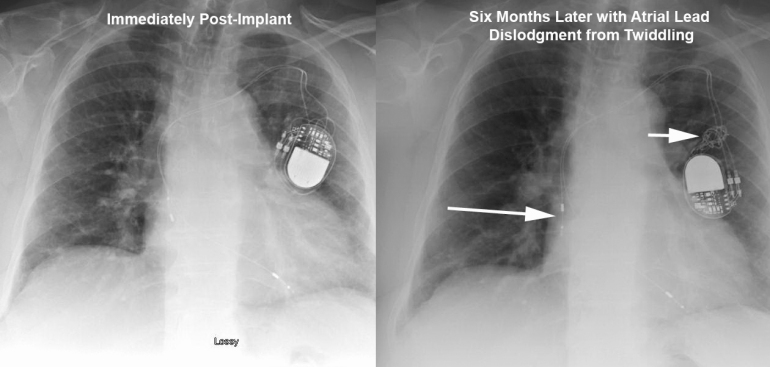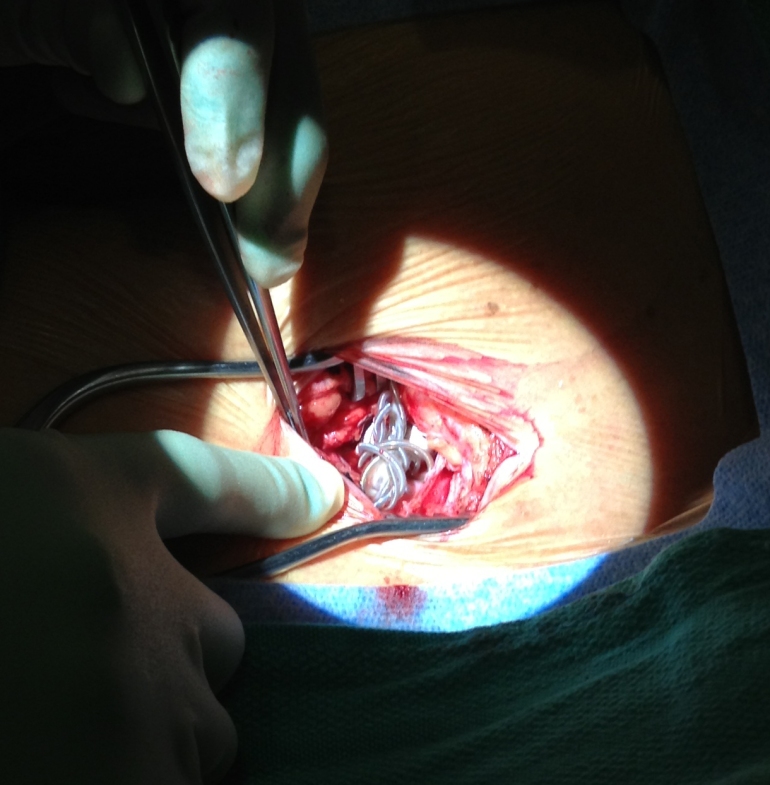This is the second in a series of short (less than 5minutes), educational videos designed for patients and their care providers to develop a thorough understanding of pacemakers. Lecture 2 Reasons for Pacemaker Implantation describes some of the common reasons patients undergo pacemaker implantation.
Your care providers have extensive training assessing the reasons—also called indications—that a patient may need a pacemaker. In particular, it is very important that the benefits of pacemaker implantation outweigh the risks of the pacemaker implant surgery (to be discussed later). The American College of Cardiology (ACC) is one of the major professional societies that develops guidelines to help care providers make educated clinical decisions that are based upon prior clinical studies. This is the basis of “evidence-based” medicine: the process by which clinical ideas are tested, reported, and reevaluated to decide the most appropriate care for a particular condition.
The ACC has developed guidelines that help care providers decide when a patient would be best served by a pacemaker. The easiest rule to remember is: pacemakers are most appropriate for patients who are having symptoms related to an abnormally slow—or at times, fast—heart rate. These symptoms include: shortness of breath, chest pain, dizziness, fainting (also called syncope), heart failure, arrhythmias (such as ventricular tachycardia/fibrillation), or fatigue. The decision to implant a pacemaker also requires evaluation of the permanence of the AV block. Electrolyte abnormalities (like potassium) can cause significant AV block, but correction of the abnormality can lead to resolution of the AV block. Some diseases—like Lyme Disease—often follow a natural course where the AV block is temporary and resolves as the disease is treated. Some types of AV block that occur during periods of vagal activation can reverse very quickly (e.g., nausea and dizziness during a blood draw may cause transient AV block or during sleep in patients with sleep apnea). In addition, after aortic valve surgery, inflammation can cause transient AV block that resolves within days of the operation. Finally, there are some diseases that warrant pacemaker implantation, because the AV block may continue to worsen (for example, sarcoidosis, amyloidosis, or neuromuscular diseases).
Related articles
- Pacemaker Implantation: Not nearly as bad as it sounds (clodeiro.wordpress.com)
- Pacemaker for former pro Theunisse after multiple heart attacks (velonation.com)
- ‘Smart’ Pacemakers May Protect Heart From Further Damage (news.health.com)
- Family of teenager on his third pacemaker back Belfast Telegraph fundraising appeal (belfasttelegraph.co.uk)




